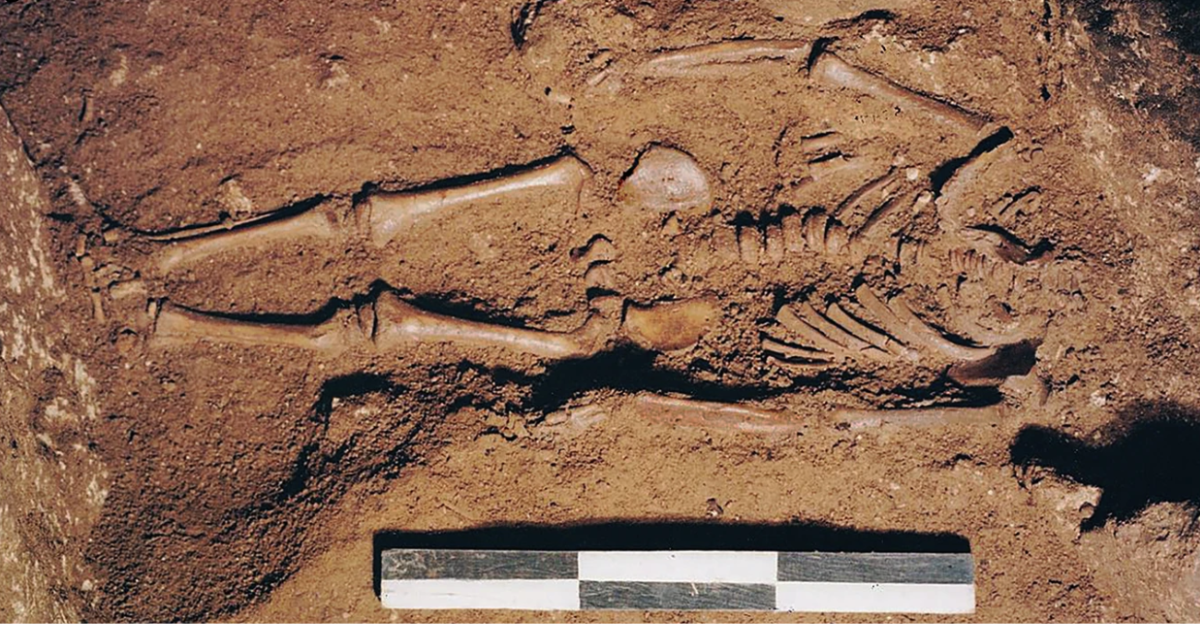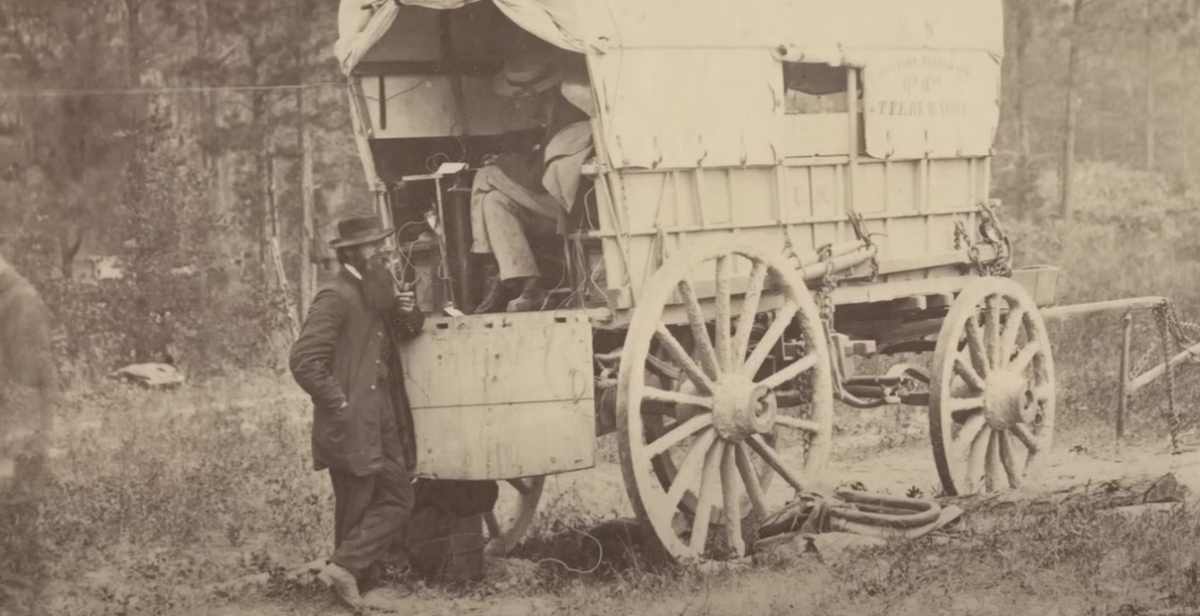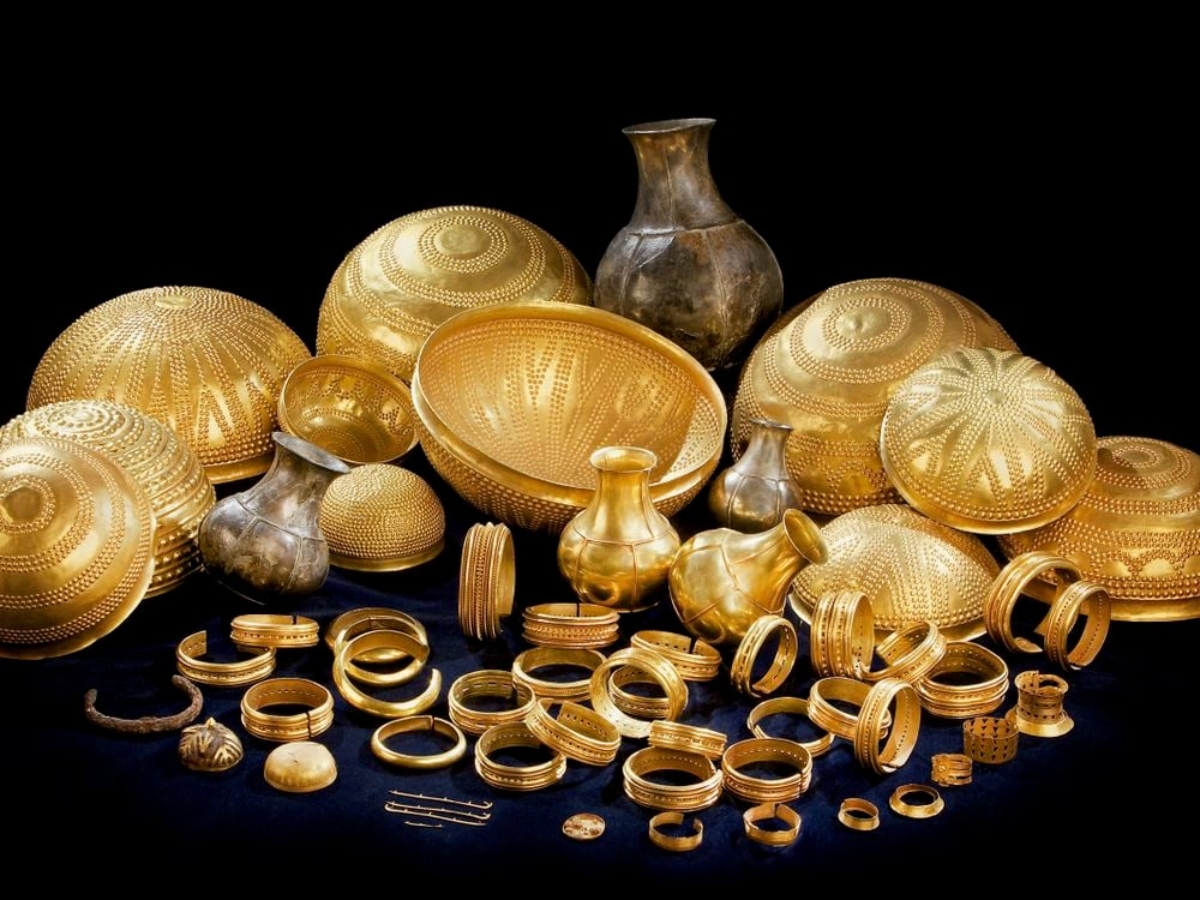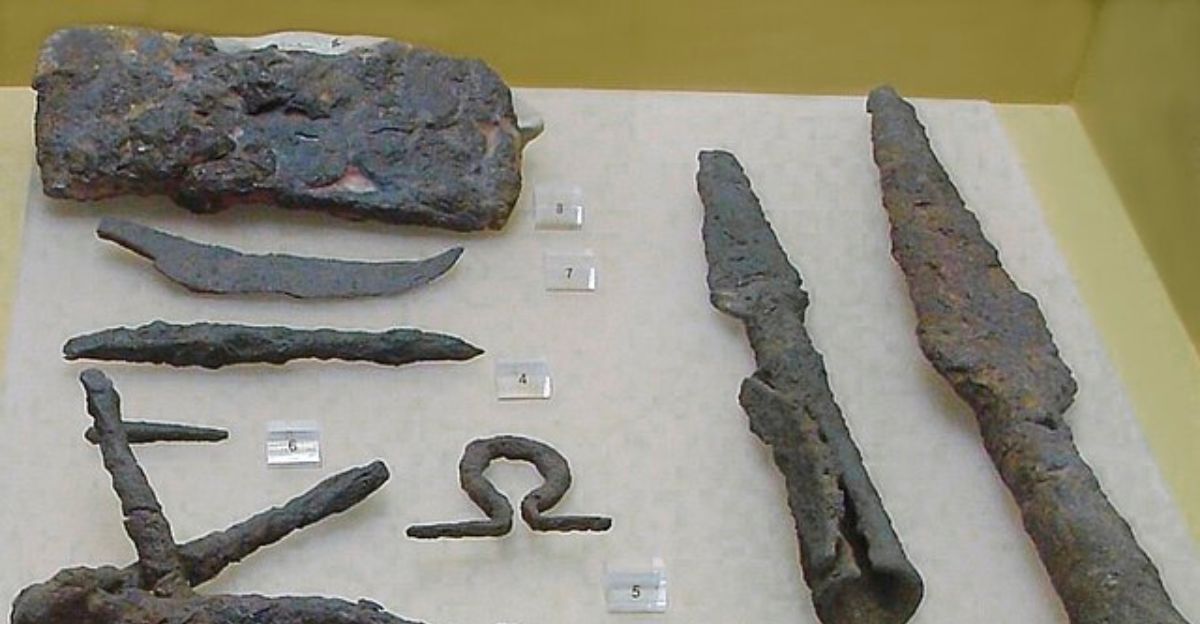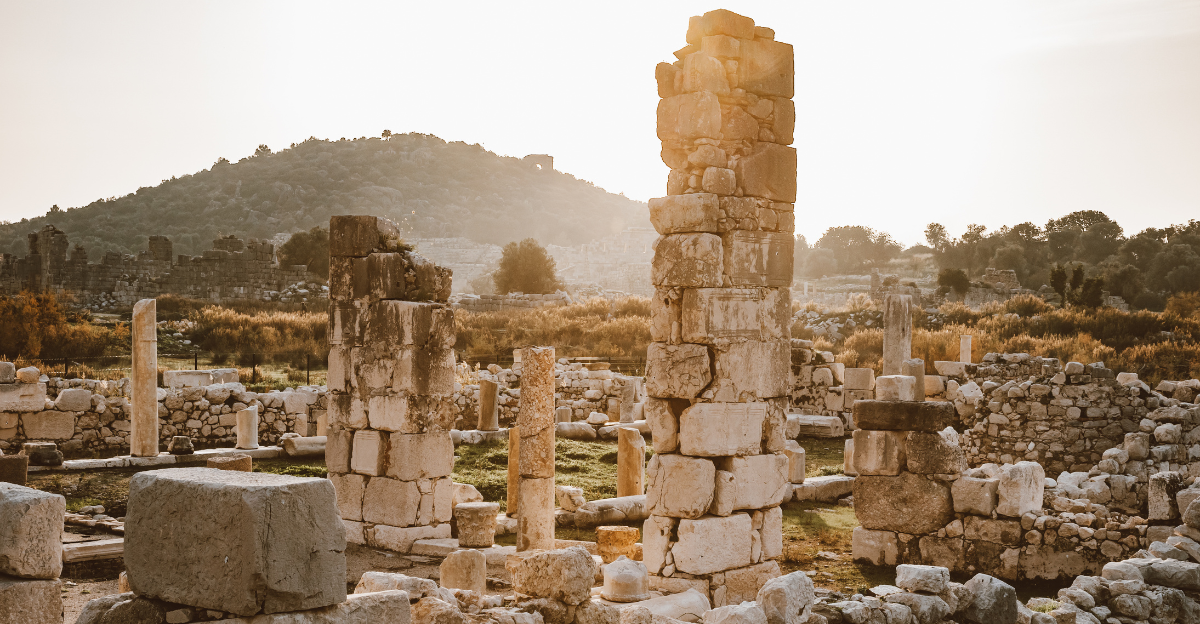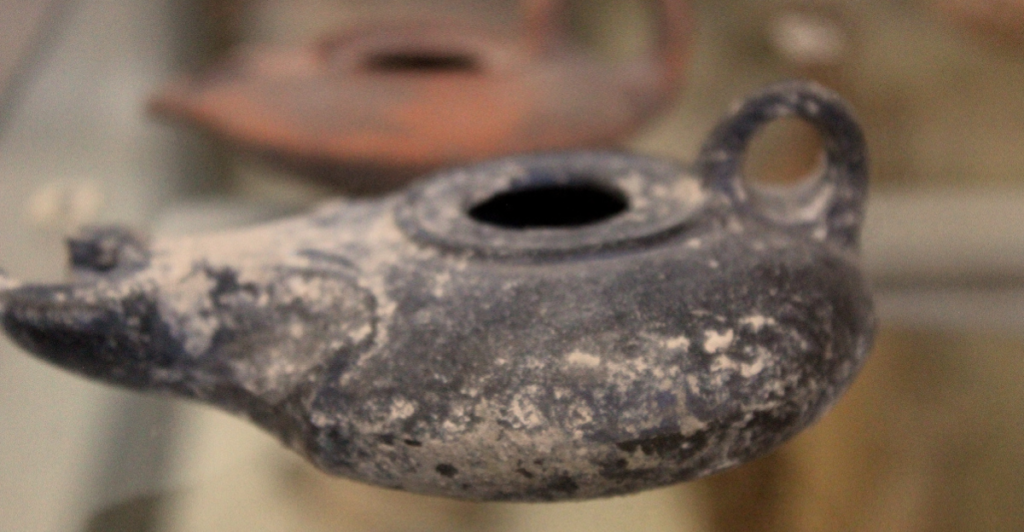
Back in Ancient Rome, everyday objects were practical, but they also carried cultural and social significance. Many of these items now have modern equivalents and have evolved over centuries to meet the needs of contemporary life. In this article, we will take a look at nine common Roman objects and compare them to their modern equivalents, showing how technology, materials, and design have transformed these ancient tools into familiar items that we use today.
1. Amphora vs. Plastic Bottles
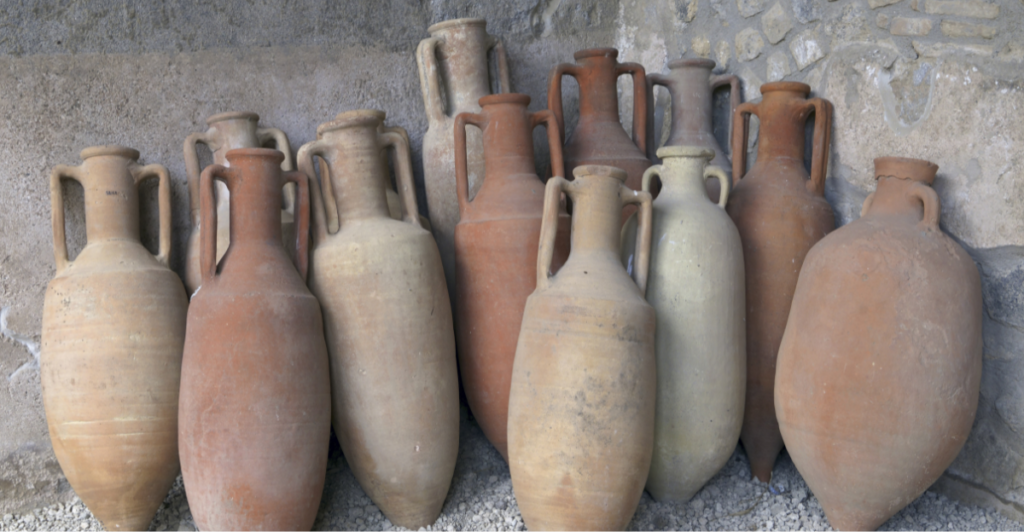
In Ancient Rome, amphorae were large ceramic vessels that were used to store and transport liquids like wine, olive oil, and fish sauce. They were very versatile, with specific shapes and sizes tailored to the contents they held. Amphorae were often sealed with wax or resin to preserve the contents during long journeys across the empire. Today, plastic bottles serve a similar purpose but are far more lightweight, durable, and disposable. Unlike amphorae, plastic bottles are mass-produced and usually not reusable.
2. Fibula vs. Safety Pin
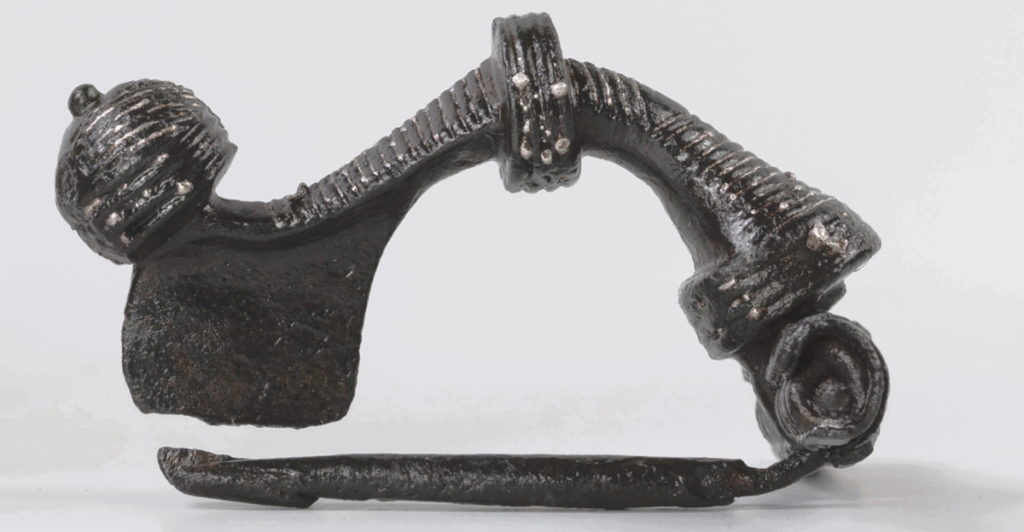
The fibula was a type of brooch or pin that the Romans used to fasten garments like cloaks or tunics. It came in many different designs, from simple utilitarian forms to ornate pieces that reflected wealth and status. Today, safety pins are used to fulfill the same basic function as fibulas. Safety pins are a lot simpler in design and are mass-produced for convenience.
3. Toga vs. Formal Wear
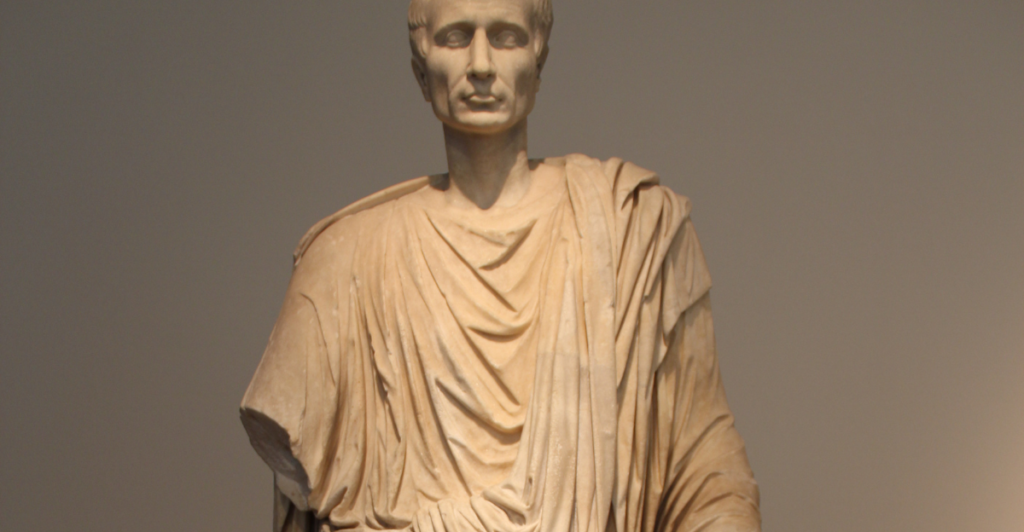
A toga was a distinctive garment worn by Roman citizens, particularly men, to signify their social status and role in society. It was usually made from wool and draped elaborately over the body. These items were reserved for formal occasions and public appearances. Modern formal wear, like suits and dresses, serves a similar purpose by conveying professionalism, elegance, and social status during significant events like weddings or business meetings.
4. Oil Lamp vs. Electric Lamp
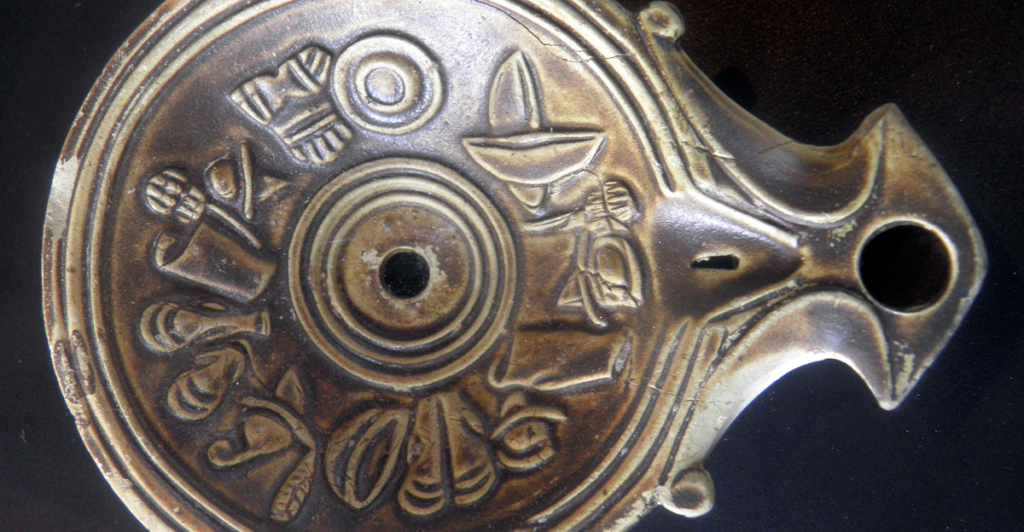
Oil lamps were one of the most common sources of illumination in Roman households and public spaces. These lamps typically burned olive oil and were made from clay or metal. Today’s electric lamps perform the same function of lighting up spaces but are far more efficient and convenient, requiring no manual upkeep except for replacing light bulbs every once in a while.
5. Laurel Wreath vs. Decorative Wreaths

Laurel wreaths were a powerful symbol in Ancient Rome that were awarded to victors in athletic competitions or military campaigns. They were usually made from branches of the laurel tree and were associated with divine favor or intellectual excellence. Today, decorative wreaths are used for aesthetic purposes during holidays like Christmas or as celebratory symbols for weddings or graduations.
6. Sundial vs. Wristwatch
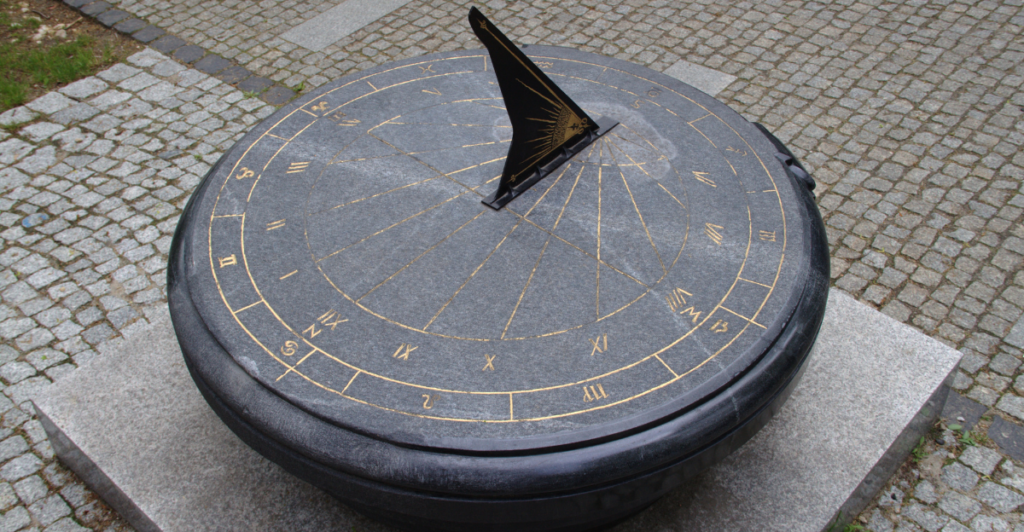
Sundials were used to keep track of time in Ancient Rome. They relied on the position of the Sun’s shadow cast on a calibrated surface to indicate the time of day. Sundials only functioned when the skies were clear but represented significant advancements in understanding time measurement during antiquity. Modern wristwatches have replaced sundials entirely.
7. Water Clock vs. Digital Clocks
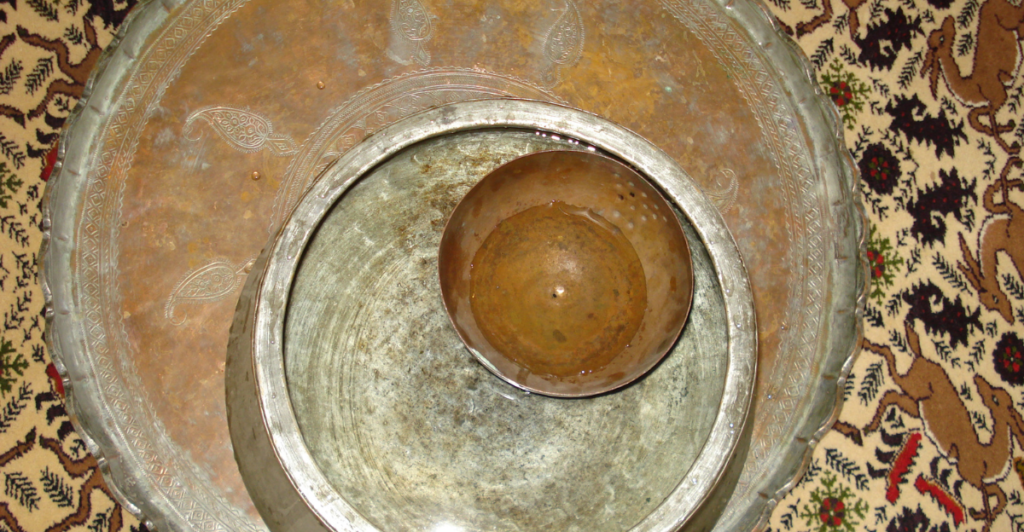
Water clocks were used to measure the time by regulating the flow of water between containers at a steady rate. These clocks were usually used indoors in settings like courts where accurate timekeeping was necessary. Water clocks required careful calibration and maintenance to ensure that they were always accurate. Today, digital clocks serve the same purpose but rely on electronic mechanisms that provide precise readings instantly without any manual intervention or environmental dependency.
8. Terra-Cotta Cookware vs. Modern Cookware
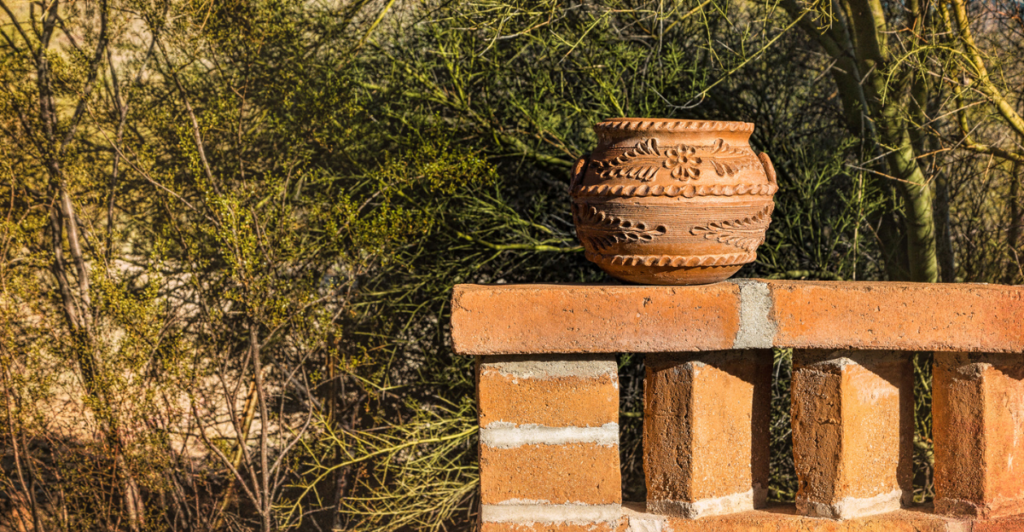
In Roman kitchens, they used terra-cotta cookware like ollae (pots) and caccabi (pans) to prepare their meals over open fires or hearths. They were made from a type of clay that retained heat well, but they required careful handling to avoid cracking under high temperatures. Modern cookware is made from stainless steel, aluminum, or non-stick materials is much easier to use and a lot more durable.
9. Key Rings vs. Modern Key Chains
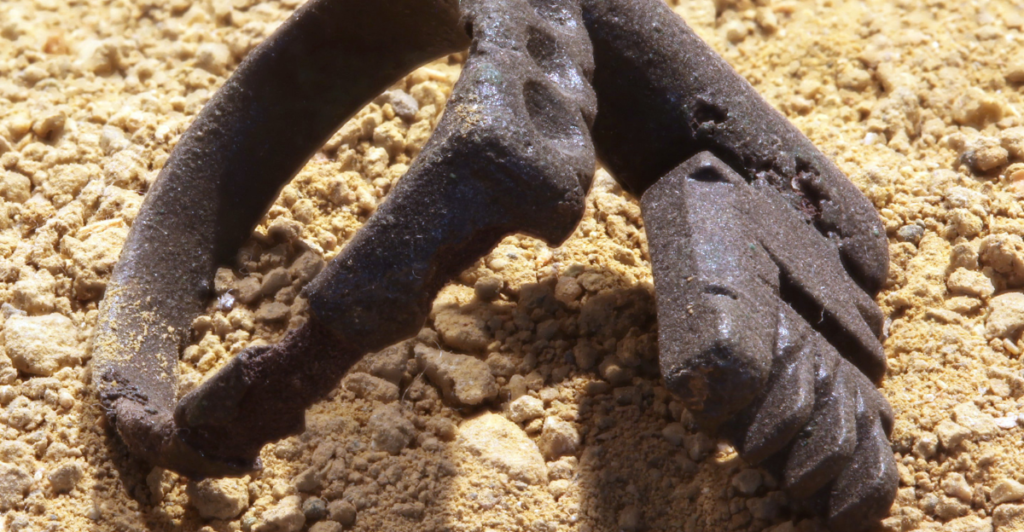
Romans used key rings not only as functional tools for unlocking locks but also as portable accessories that conveyed status or ownership of property, like homes or chests. These rings were often made from bronze or iron and could feature some cool designs based on the owner’s wealth and status. Today, key chains are simply used to keep keys organized and accessible.
Sources:
Everyday Items in the Classical World: Bronze Tools
Ancient Roman Possessions, Tools, Kitchen Stuff and Personal Objects
Amphora



